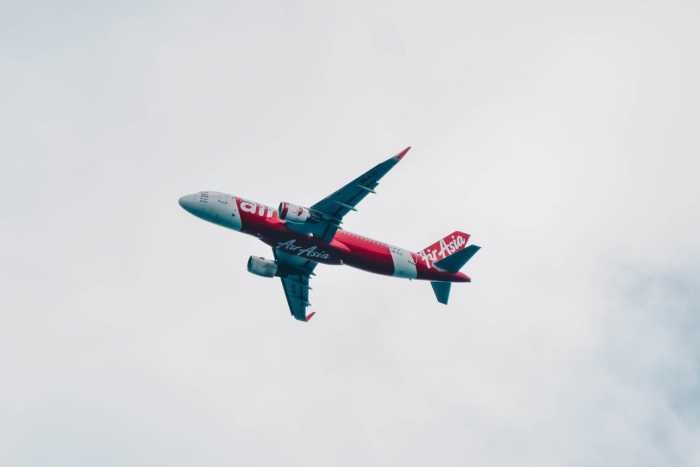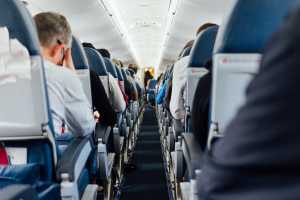
Civil Aviation Authority Stops Issuing New Operator Certificates
15th Feb 2017

Thai airlines will for a time being have to wait to get new air operator certificates (AOCs), while the Civil Aviation Authority of Thailand (CAAT) trains some new personnel to monitor regulation and implementation of standards, said an official for CAAT in an interview.
The CAAT official, who requested to be left unnamed, said the agency will hold on issuing new AOCs until it deals with the shortage of qualified staff.
He said in an interview:
Overcoming these issues will play an important part in paving the way for Thailand's civil aviation safety to be elevated to Category 1 again.
According to the official, there are already 24 airlines operating in the country. Of the 24 airlines, 14 are freighters and 10 offer scheduled services. This includes 5 Thai-owned and five joint venture companies. The Thai-owned carriers are: Bangkok Airways, Thai Airways International (THAI), Nok Air, Thai Smile and Orient Thai Airlines. The five joint ventures include: Thai AirAsia, Thai AirAsia X, Nok Scoot, Thai Vietjet Air and Thai Lion Air.
The official said that with so many carriers, the market is already saturated and there is no room for any more at the moment.
He said:
At the moment one airline is on the verge of having its AOC revoked by CAAT due to operational problems and is cash-strapped.
He did not, however, name which carrier will lose its AOC.
Thailand’s biggest problem (at least for its aviation industry) remains the red flag that the International Civil Aviation Organization (ICAO) “bestowed upon them” for safety and other shortcomings in 69 of 90 areas ICAO covers.
In addition to ICAO, Thailand civil aviation is also facing a downgrade by the US Federal Aviation Administration issued in December, 2015. Since October, 2015, when THAI cut its Bangkok-Los Angles route, no Thailand carrier flies to the United States.
Both ICAO and US FAA downgrades prevent Thai-registered airlines from opening new routes to countries that follow these recommendations (some like China don’t), increasing the frequencies on existing routes or changing the type of aircraft they currently use on them.







